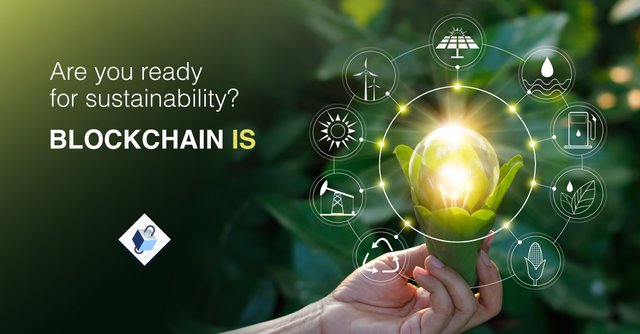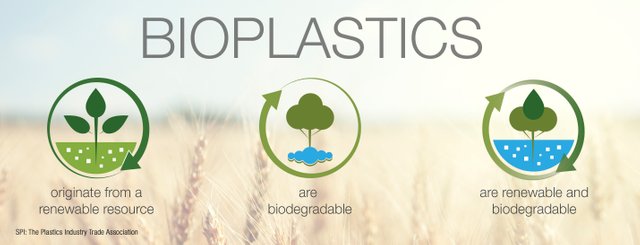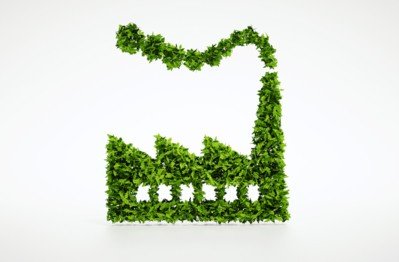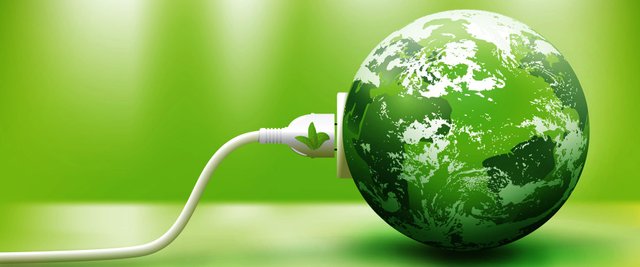
As it is nowadays, packaging is seen as the foundation, if not even the main cause, of the current throwaway culture.
Eventually, it’s just waste!
Well, this misconception is going to change soon. “Go green!” is not a slogan for nostalgic hippies anymore, but an imperative industries have to take seriously, if they want to keep up with the challenges of the future, with everybody pointing the finger at packaging firstly.
The Food and Agriculture Organization of the United Nations estimates that 1.3 billion tons of food are wasted globally each year, with consumers in Europe and North America throwing away between 95–115 kg of food per person. Plastic packaging percentage in the world’s oceans will be more than fish by 2050, Ellen MacArthur Foundation estimates.
According to Flexible Packaging Association researches, packaging that’s resalable, easy to open, and extends product life is a priority for brand owners and consumers.

Brand owners, in particular, find less packaging waste, less product waste and transportation efficiency essential to their company’s sustainability goals. By 2023, “The Future of Sustainable Packaging to 2018” by Smithers Pira asserts, the issue of sustainable packaging will become the number one challenge facing companies, beating out cost and other issues.
Consumers, on the other side, call for it: 50% of US grocery shoppers agree that the right packaging can help reduce food waste; 61% of Canadian fruit and vegetable buyers say they would be interested in packaging that keeps food fresh longer; 36% of Australians declared they prefer products that are sold in eco-friendly packaging; ability to extend product shelf life is an essential requirement for the 55% of the world consumers.

Waste reduction targets, increasing awareness of carbon emissions, rapidly growing economies, a lack of natural resources, and consumers’ preferences for eco-friendly products will make the role of packaging a primary means to reduce global food and product waste, to extend food freshness, preserve ingredient fortification, and ensure safe delivery. Some companies have started to move forward in this sense by educating consumers to the benefits packaging can bring on-pack communication tools, by communicating they are working towards a solution, by promoting their commitments to collect waste plastic from the sea to recycle into new packaging, as ‘eco’ brands such as US-based Method, Belgium-based Ecover, Procter & Gamble and Coca-Cola — that in 2017 announced it would increase the amount of recycled plastic in its bottles to 50% by 2020 -, Blue Bunny, Unilever and Mentos — the three gold award winners in the annual Flexible Packaging Achievement Awards — have already done.
Reducing the likelihood of packaging waste entering the sea, committing to the use of recycled content in all packaging and sourcing packaging material from sea waste highlight the greater sustainability issue, but are not solutions, neither is new eco-sustainable materials, such as bioplastic

“Where bioplastics theoretically are an answer to our dependence on fossil fuels to manufacture the plastics the world demands, biodegradable bioplastics are meant to be a solution for the world’s plastic waste problem. However, in most cases, biodegradable bioplastics will only break down in a high-temperature industrial composting facility, not your average household compost bin. Plus, these are not recyclable — declares Tom Szaky, founder, and CEO of TerraCycle -. A better solution might be to place the focus on durable bioplastics that are made from plant materials but can still be recycled. This way, the valuable energy and material inputs can be kept in the production cycle longer. It also makes far more sense to build a bio-based plastic that fits into our existing infrastructure, rather than building an entirely new biodegradable plastic composting infrastructure from scratch.”

Consumer demand for more responsibility should become a good opportunity to emerge for startups and small businesses, always fighting to compete with major brands: while the activities of consumers of the big corporation can be slower to change due to the need for sweeping infrastructure changes and an emphasis on the bottom-line, startups and small businesses have more flexibility to change their habits and go green.
And they would have a valid help, once again, from Blockchain. Its innate characteristics can improve companies’ sustainability processes by:
1- Achieving efficiency increases by enhancing business models that contribute to resource efficiency
2- Enabling reliable resource tracking
3- Making resource pricing effective
4- Introducing complementary currency systems that give an incentive for sustainable behavior
5- Programming the governance for sustainability policy into a smart contract system that collects data automatically from company computers and through independent sensors, to measure environmental impact. One could even receive a boost from the network to be paid to be more sustainable!

As Blockchain is universal, it can be adopted by all kind of industries; as it is totally decentralized and distributed it can be audited by independent bodies like governments to audit and research the reputation of companies that are wishing to move or invest in their countries; as it is innovative and highly technological, it can inspire and built new models that are innately sustainable and green from the beginning.
Many industries and companies are already seeing that sustainability results in higher economic production as they maximize resource conservation and reuse. Industries that were not traditionally focused on sustainability are now being touched by the low cost of green energy. Being able to program from the ground up in this manner is a calling for Blockchain!